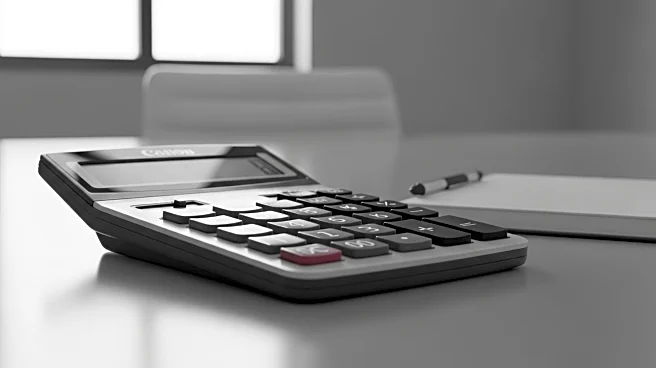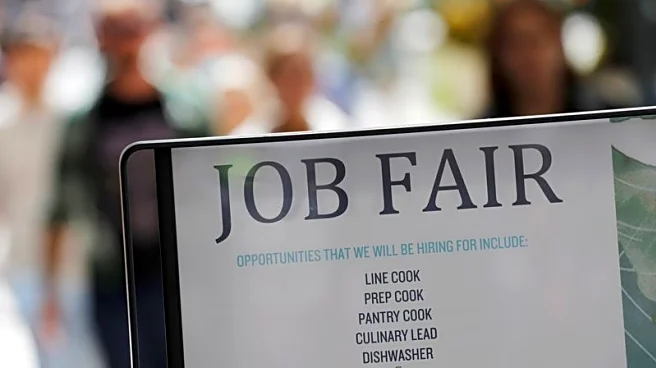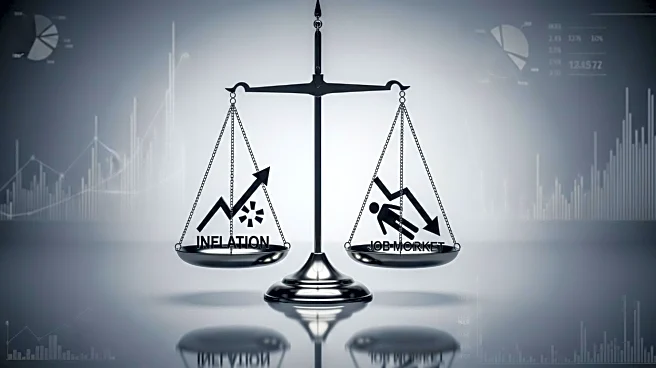What is the story about?
What's Happening?
Unemployment in Iceland increased to 5.3% in September, affecting approximately 12,800 individuals aged 16 to 74, according to a labor market survey by Statistics Iceland. The survey revealed a significant gender disparity, with unemployment among men at 6.4% compared to 4.0% among women. This survey differs from the official figures published by the Directorate of Labour, which recorded a lower unemployment rate of 3.4% in August. The discrepancy is attributed to the survey's broader approach, capturing individuals who report being jobless but are not formally registered as unemployed.
Why It's Important?
The rise in unemployment highlights potential economic challenges for Iceland, particularly as the country navigates seasonal fluctuations and external pressures such as airline bankruptcies. The gender disparity in unemployment rates may indicate underlying issues in the labor market, necessitating targeted interventions to support affected groups. The difference between survey-based and official unemployment figures suggests a need for comprehensive data to inform policy decisions. Addressing unemployment is crucial for maintaining economic stability and supporting affected individuals and families.
What's Next?
Icelandic authorities may need to consider policy measures to address rising unemployment, focusing on sectors most affected by job losses. This could involve initiatives to stimulate job creation, support retraining programs, and address gender disparities in the labor market. The government might also explore ways to improve the accuracy and comprehensiveness of unemployment data to better inform policy decisions. Monitoring the labor market closely will be essential to mitigate the impact of rising unemployment on the economy.
AI Generated Content
Do you find this article useful?















